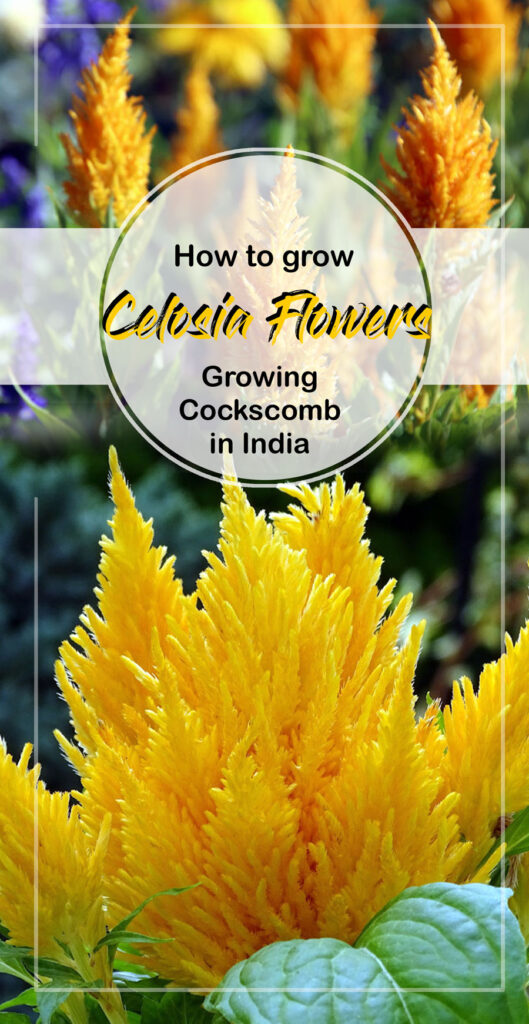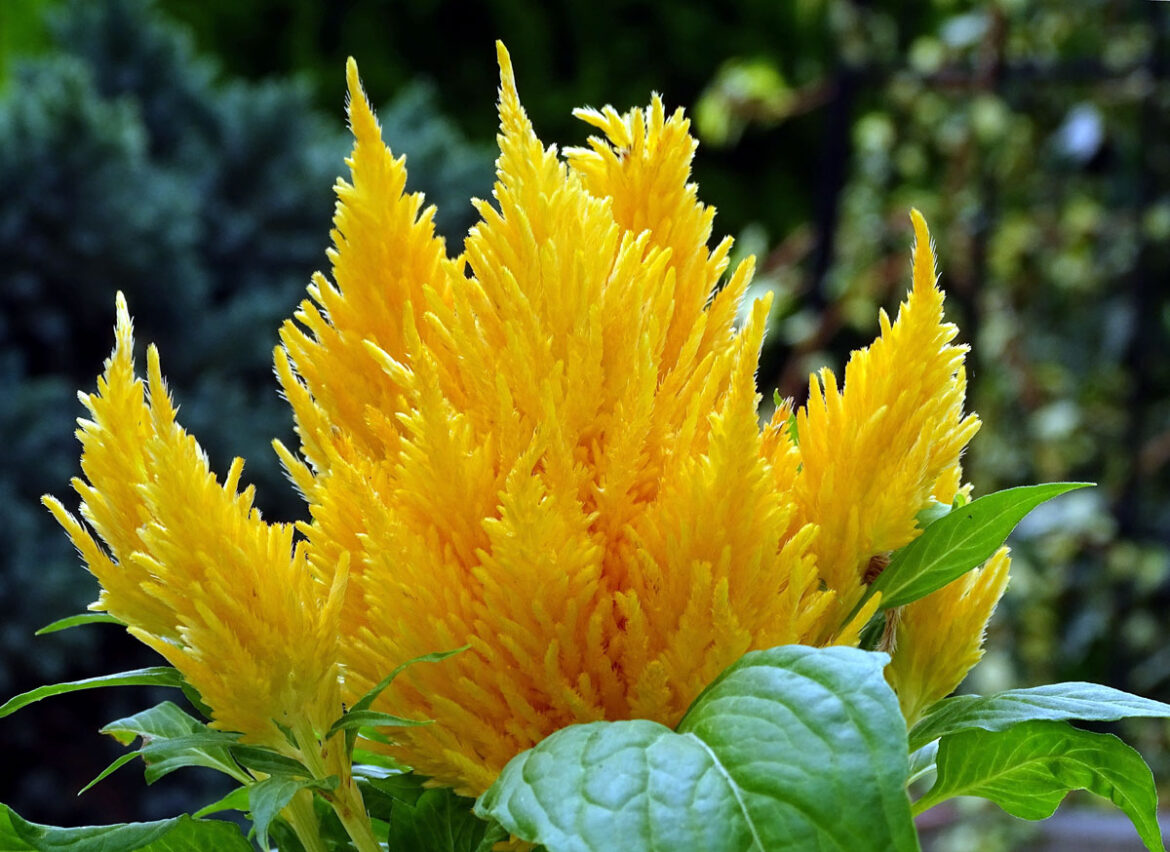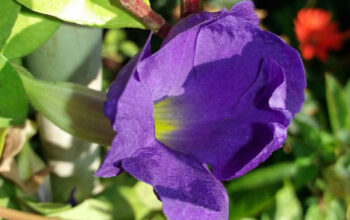Celosia Flowers (Cockscomb)
Among the amaranth family, Celosia (Cockscomb) is a small genus of ornamental and edible plants. There are several species of the plant, but they are commonly known as wool flowers or cockscombs depending on the degree of fascination with the flower heads. East Africa’s highlands use the plant under its Swahili name, Mfungu, as a cooking ingredient.
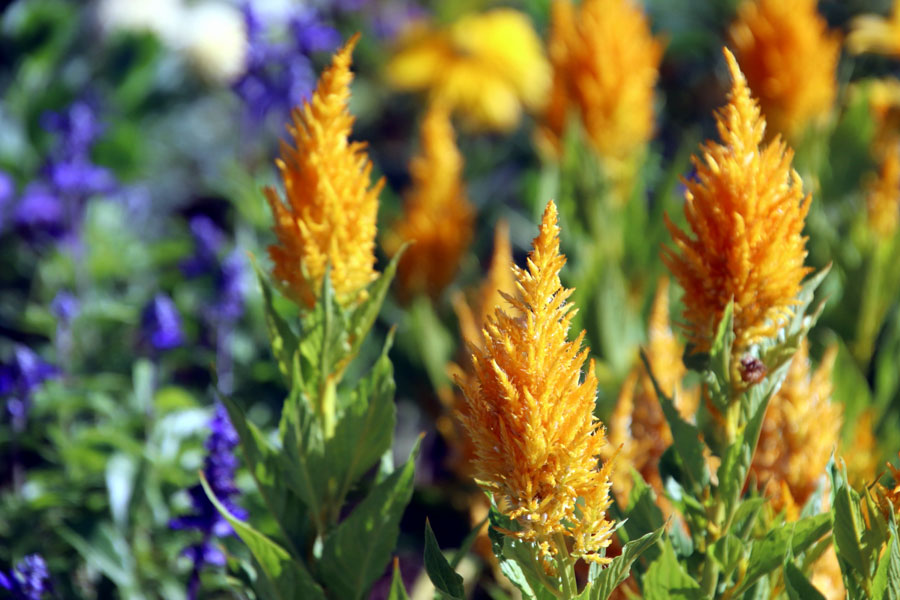
Overview Celosia Flowers
Scientific Name Celosia argentea
Common Name Silver Cockscomb, Cockscomb, Flamingo Feathers, Celosia
Plant Type Flowering plant
Sun Full Sun (Eight hours of direct sunlight)
Soil Moist fertile, well-drained soil
Soil pH 6-6.5
Flower Color Pink, Orange, White, Yellow, Purple, and Red.
Bloom time Summer -fall
Zone 10- 11 (USDA)
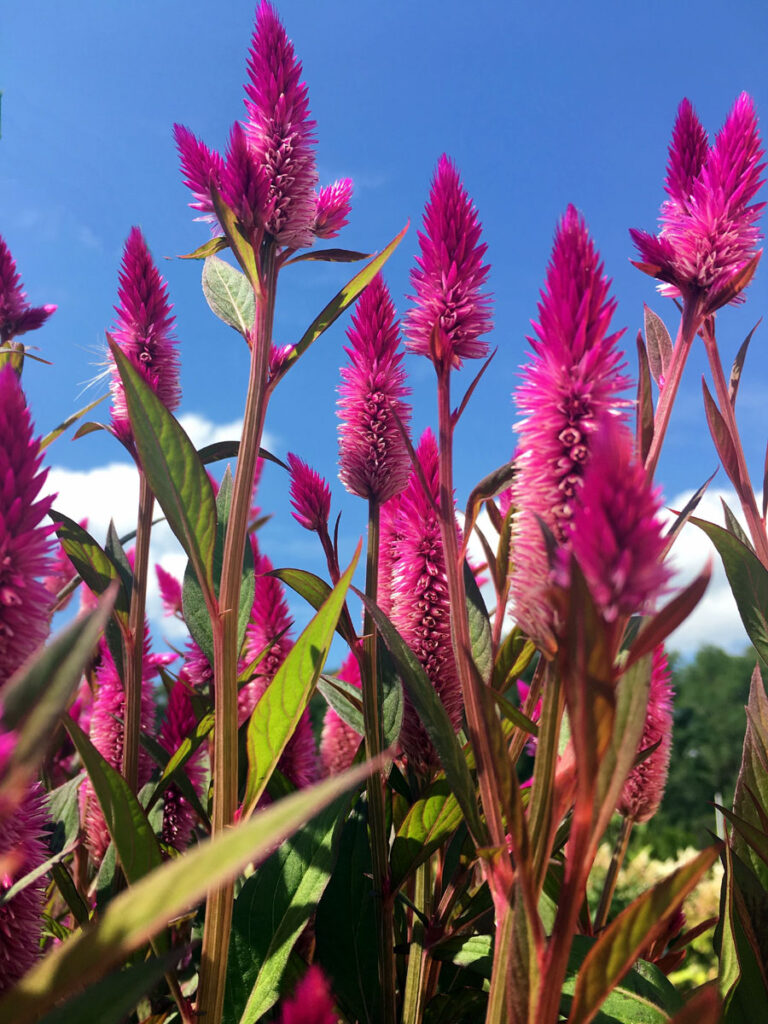
How to Grow and Care Celosia Flowers
Growing celosia argenteafrom Seeds
If you intend to grow this plant from seeds, be sure to begin the seeds at least 8 to 10 weeks before the prior frost date. Planting seeds indoors will be essential for cold climates where this plant cultivates as an annual. Those living in warm climates may be able to do this directly in their gardens.
It is important to gently shove the seeds into warm, wet, well-drained soil. Soil should not be piled on top of the seeds in order to permit them to germinate.
Ensure that the soil remains moist. Retaining moisture in the soil can be accomplished by wrapping it with a plastic cover. One to two weeks should be enough time for seedlings to appear.
In the event that seedlings emerge, remove the plastic cover and ensure the seedlings are in a well-lit area.
In roughly a month, harden off the indoor seedlings after they have several clusters of strong leaves.
As you plant your seedlings, make sure that you maintain a consistent soil line height. The plants can be dried out if buried too deeply, while stem rot can be caused if buried too shallowly.
Growing from Cuttings
You should cut a stem at least a few inches tall using garden snips. You should extract the bottom two sets of leaves from your cutting, making sure the cutting still has two nourishing leaves at the tip. A rooting hormone can be applied to the stem to assist with root growth. A well-drained pot is the most suitable place to plant the cutting. 3 or 4 weeks is a reasonable timeframe for rooting cuttings. The plant will respond if you gently pull it; if you feel resistance, it has settled in. In the case of indoor cuttings, transplant them outdoors after hardening off.
Sunlight
The celosia plant appreciates a minimum of eight hours of direct sunlight since it enables it to evolve taller. Despite their ability to grow in partial sun, they’re naturally more productive in sunny, dry conditions. Ideally, it should be kept by a southern-facing window or balcony when kept indoors.
Watering
The soil must be moist for Celosia to thrive. It’s okay for the plant to endure brief droughts, but it cultivates better when the soil remains somewhat moist. Keep your plant from acquiring leaf spots, stem rot, root rot, and other fungal diseases by not overwatering it. It is a good idea to water your celosia plants whenever the top layer of soil feels dehydrated. Irrigating once or twice a week in summer, and once a week in winter is sufficient. The needs of seedlings differ from those of mature plants in terms of water.
Soil
Celosias can flourish in sandy soil that is nutrient-poor but flourishes and blooms more profusely in soil with a high organic matter content. It is essential to have well-drained soil. Composted manure or sand can be incorporated into heavy soils to enhance drainage. It is important for celosia to be planted in soils with a pH between 6-6.5 and increased organic matter content.
Temperature
In spite of the fact that celosia is a plant that grows best in warm areas, it is likewise capable of growing in both subtropical and temperate regions. Perennials favor temperatures ranging from 68 to 86 degrees Fahrenheit on average during the day.
Ideally, celosia should be grown in temperatures between 64-86 degrees Fahrenheit. It can survive temperatures as high as 104°F and as low as 32°F for a brief period without freezing.
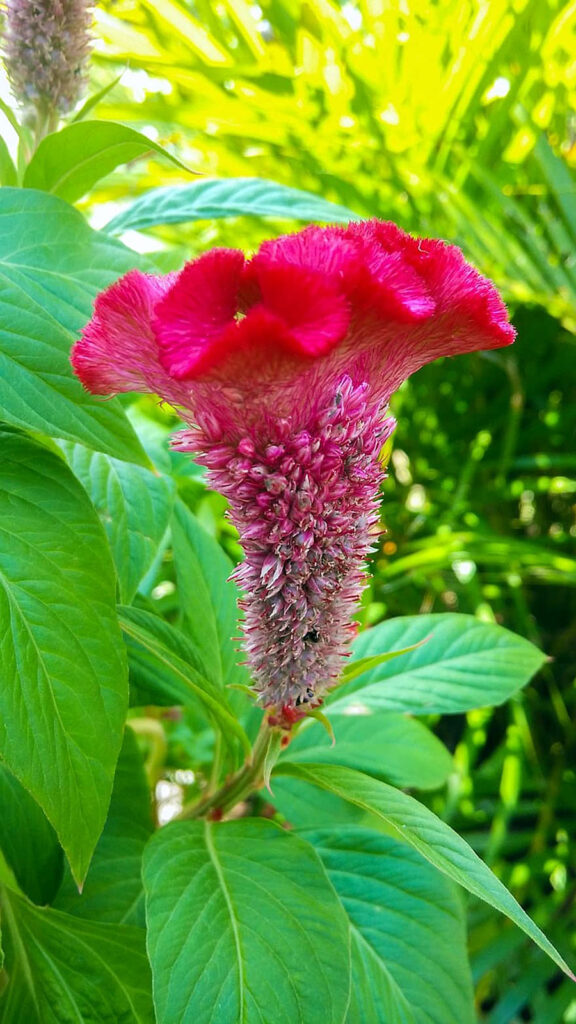
Fertilizer
Depending on how the plants flourish, fertilizer may not be needed. However, if maturing has been slow, apply water-soluble fertilizer in a 3-1-2 ratio every two weeks. To promote broad-spectrum incorporation, specify celosia formats monthly with phosphorus-containing certifications. It is essential to fertilize more frequently when the plant begins blooming (every 2-4 weeks).
Read more:
How to grow Organic Bottle gourd. Growing Cinnamon in containers. Growing Gardenia plant in your garden. Rosemary growing and care tips. Magnolia growing guide. Hanging gardening tips. Verbena flowers growing and care.
for pin:
